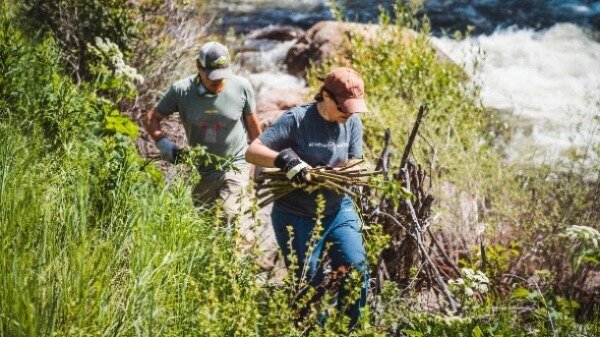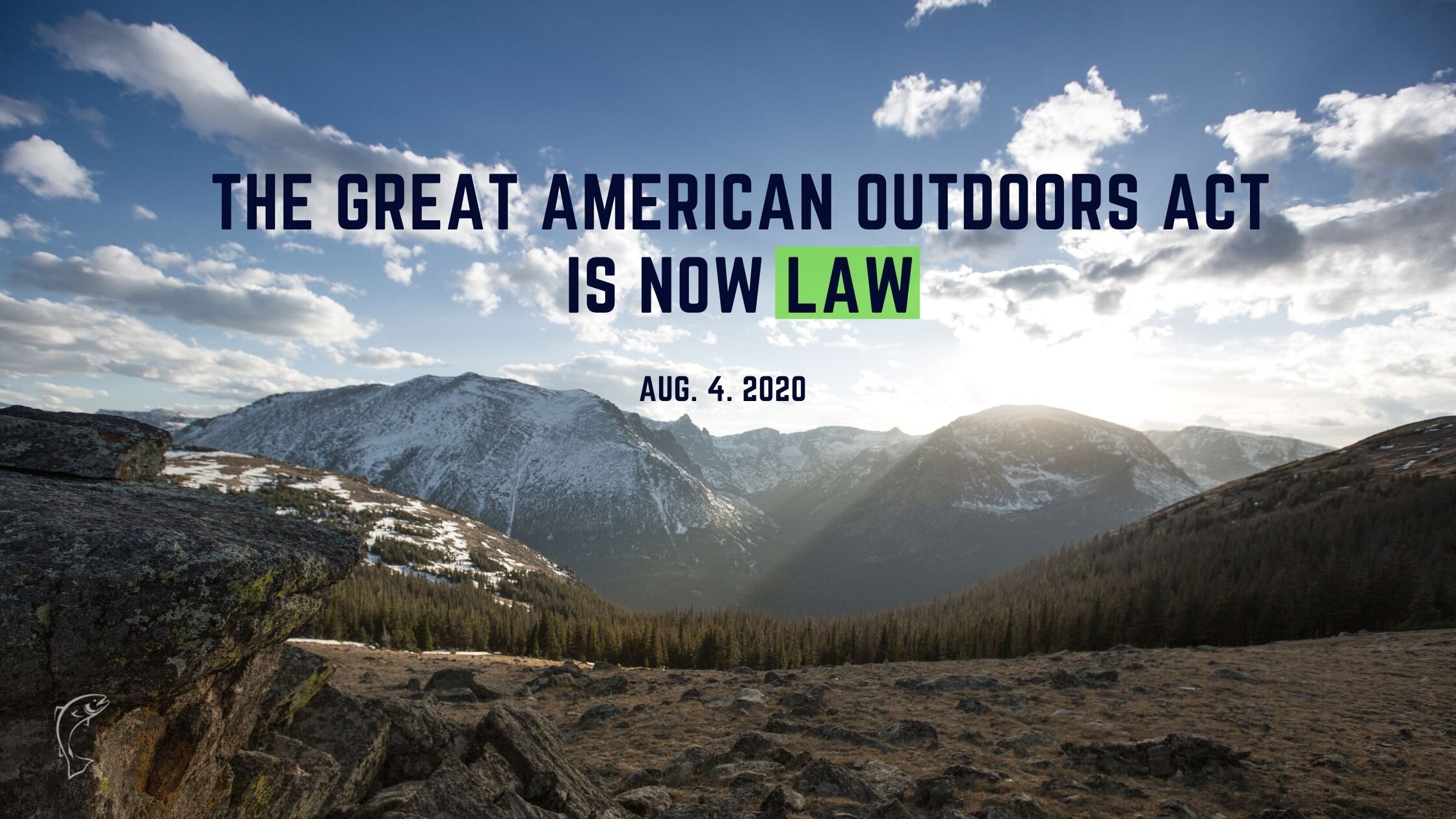Anglers thank Senators Gardner, Bennet for investing in public lands
Denver, Colo – Colorado Trout Unlimited strongly endorses the Great American Outdoors Act (S. 3422), which is expected to be voted on by the U.S. Senate next week. The bill, introduced by Senator Cory Gardner and cosponsored by Senator Michael Bennet, would for the first time guarantee full, dedicated funding to the Land and Water Conservation Fund (LWCF), one of America’s most successful conservation programs, as well as commit $9.5 billion toward public lands maintenance needs. The legislation has broad, bipartisan support with 58 cosponsors and President Trump has signaled his support.
“Colorado is fortunate to have bipartisan leadership from our Senators in securing funds for LWCF and maintenance on our public lands,” said Colorado TU Executive Director David Nickum. “We greatly appreciate the efforts of Senators Gardner and Bennet in sponsoring the Great American Outdoors Act and their hard work in moving it toward Senate passage.”
For more than half a century, LWCF has used a portion of federal offshore energy revenues — at no cost to taxpayers — to conserve our public lands, water, and open spaces and protect the outdoor recreation opportunities they offer. LWCF has invested over $268 million in Colorado, helping to secure access and conserve special places across the state, including the Gunnison Gorge National Conservation Area, Great Sand Dunes National Park and Preserve and boat launches on the Colorado River.
Unfortunately, while $900 million is generated by energy royalties for the program each year, in its more than 50-year history the LWCF has only been fully funded once – with funds instead being diverted by Congress toward other unspecified purposes. The Great American Outdoors Act would solve this problem by permanently dedicating those annual revenues to LWCF.
"Public lands are an icon of democracy,” said Colorado TU President Matt Moskal. “They are places to celebrate our rich natural history and they provide all Americans with the freedom to recreate in our most cherished places. By fulling funding the LWCF and providing critical support for the stewardship of our public lands, the Great American Outdoors Act will maintain this legacy. Colorado Trout Unlimited, on behalf of its 12,000 members state-wide, strongly supports this legislation."
The legislation also includes $9.5 billion in funding over five years to tackle deferred maintenance on public lands. The legislative proposal originally included deferred maintenance funding only for the Park Service, but hunters and anglers championed a change to provide funding for all public land management agencies. The public lands maintenance backlog has been mounting for decades and is now estimated at $20 billion, with the Park Service share alone nearly $12 billion.
Region 2 of the Forest Service, which includes Colorado, has a deferred maintenance backlog of $477 million, and the road maintenance backlog on the Grand Mesa-Uncompahgre National Forest alone is $49 million. This problem does more than create challenges accessing our public lands; poorly maintained roads degrade trout streams through increased erosion that bleeds sediment into rivers and streams. Oftentimes these roads also have undersized culverts that block trout migrations. TU partners with both the Department of the Interior and Forest Service on collaborative restoration projects and has leveraged nearly $43 million in funding to complete restoration projects on Forest Service lands.
“Fixing roads that are bleeding sediment and removing migration barriers for trout at road crossings are just two examples of how this bill and TU’s partnership with federal agencies benefit anglers and public lands users,” noted Moskal. “We hope to see this bill’s passage into law this summer so dedicated funding is guaranteed to continue our work to make fishing better.”
About Colorado Trout Unlimited:
Colorado Trout Unlimited is dedicated to conserving, protecting and restoring Colorado’s coldwater fisheries and their watersheds. With a grassroots base comprised of nearly 12,000 members in 24 local chapters across the state, Colorado TU works both locally and statewide through advocacy, education, and on-the-ground restoration projects. For more information visit www.coloradotu.org.





























